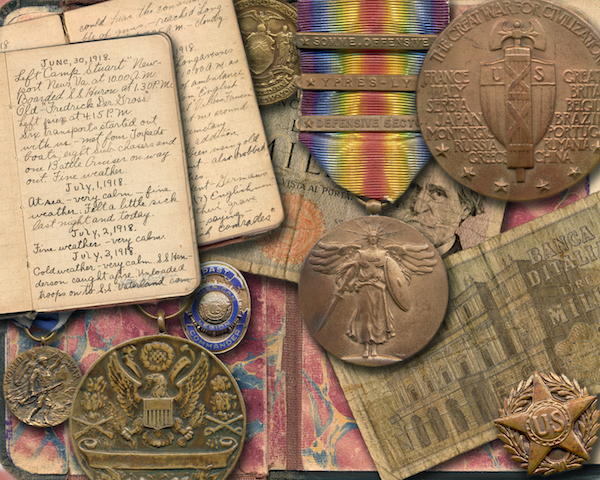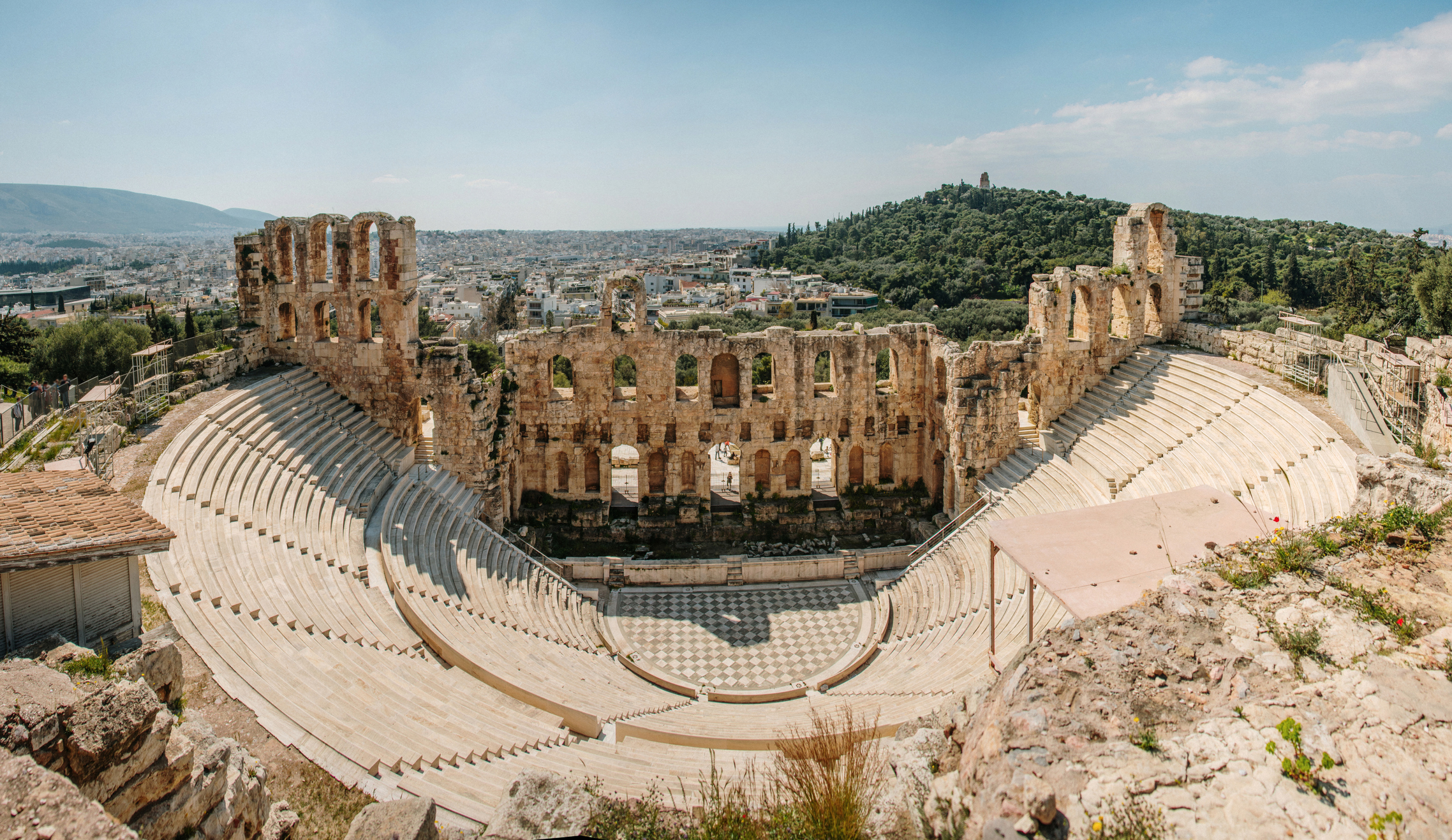About This Lesson
Multiple primary sources depicting the technologies from WWI. Aligned to: RH.6.1 , RH.7.1 , RH.8.1 , RH.9.1 , RH.10.1 , RH.11.1 , RH.12.1 , RH.6.2 , RH.7.2 , RH.8.2 , RH.9.2 , RH.10.2 , RH.11.2 , RH.12.2 , WH.6.9 , WH.7.9 , WH.8.9 , WH.9.9 , WH.10.9 , WH.11.9 , WH.12.9 , WH.6.10 , WH.7.10 , WH.8.10 , WH.9.10 , WH.10.10 , WH.11.10 , WH.12.10











Good variety of tasks including source work and WW1 poetry.